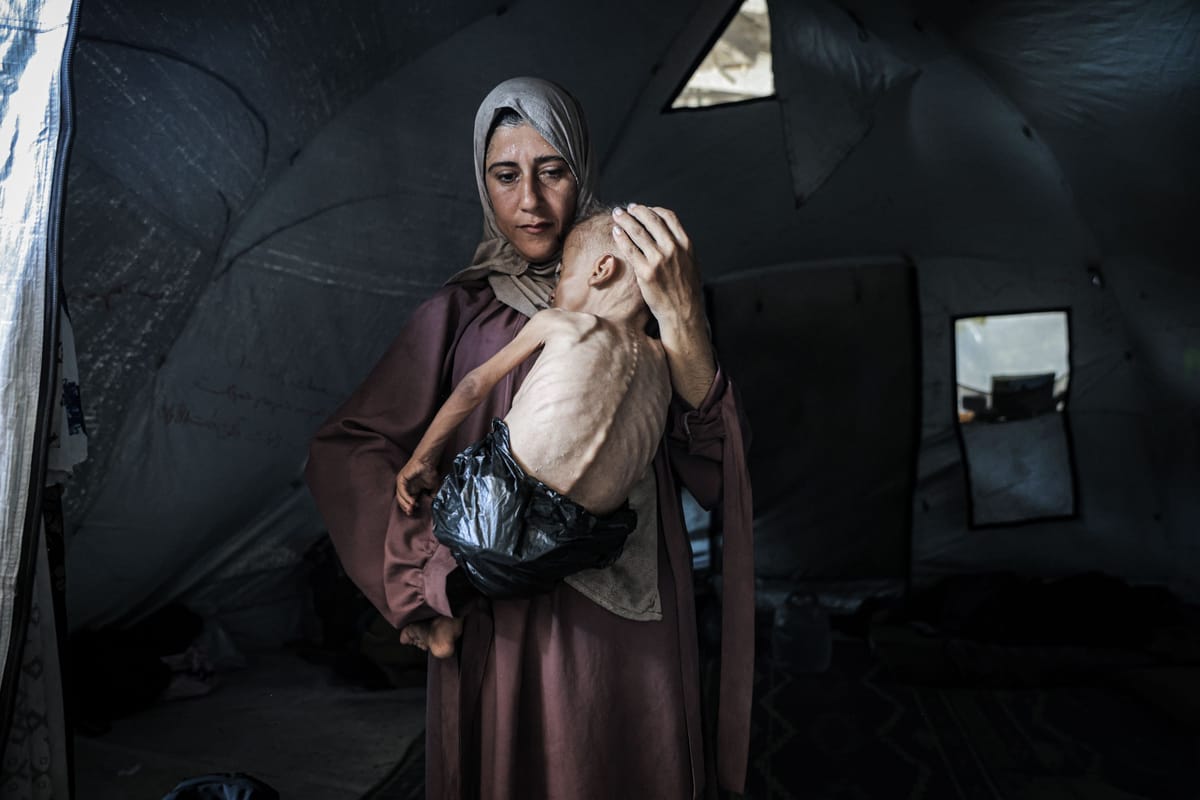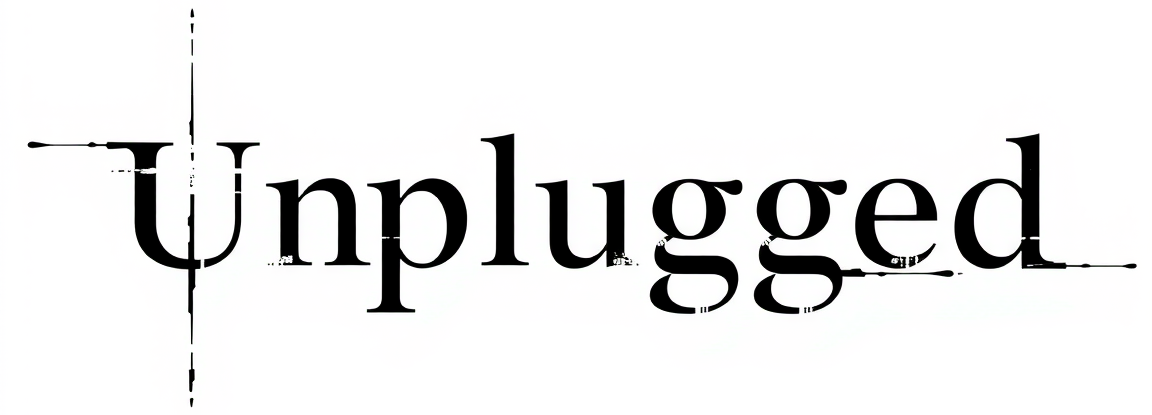Opinion | They knew it was propaganda – and they ran it anyway

The now debunked image of Muhammad Zakariya Ayyoub al-Matouq – frail, sickly, and allegedly starving in Gaza – has been paraded across front pages and social media feeds with righteous outrage. But let’s be honest: the editors and journalists who ran it knew exactly what they were doing. This wasn’t a mistake. It was a choice.
In a conflict where one side is fighting a propaganda war, seasoned journalists are expected to apply skepticism, especially when confronted with a photo so emotionally explosive. They’ve seen it all before: Hamas and its sympathizers have repeatedly used unrelated or misattributed images—famished children from Yemen, hospital cases from Sudan, archival photos of sick children—to manufacture outrage and manipulate public perception.
These images have been exposed time and again as fraudulent. So when yet another photo, conveniently horrifying, appears just in time to sway global sentiment, the idea that editors and foreign correspondents simply didn’t know better is laughable.
No, they knew. They knew the image fit too neatly into a crafted narrative. They knew its origin was questionable. And they published it anyway—because it served a purpose.
Let’s call it what it is: the intentional spread of Hamas propaganda by mainstream media outlets sympathetic to the Palestinian cause. In doing so, they’ve abandoned even the pretense of journalistic neutrality. The goal was never to inform. The goal was to provoke. To rally emotion. To shift blame.
By pushing imagery they know is either manipulated or unverifiable, these journalists have crossed the line from reporting to activism. And in the process, they’ve undermined their own credibility, insulted their audience’s intelligence, and done a disservice to genuine victims everywhere—whether in Gaza, Yemen, Sudan, or beyond.
When truth is knowingly sacrificed to serve a narrative, journalism isn’t just compromised—it becomes complicit. The damage isn’t limited to public trust; it corrodes the very idea of an informed society. And the ones driving that corrosion aren’t fringe propagandists—they’re the editors and reporters who knew better and did it anyway.
